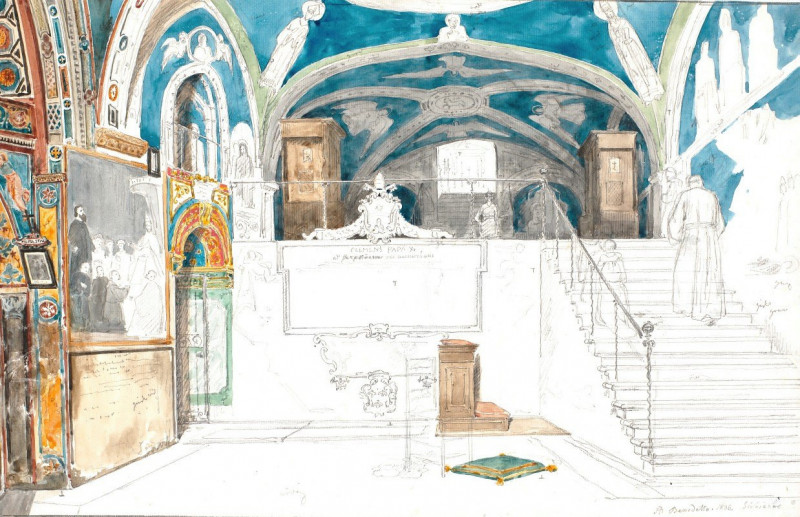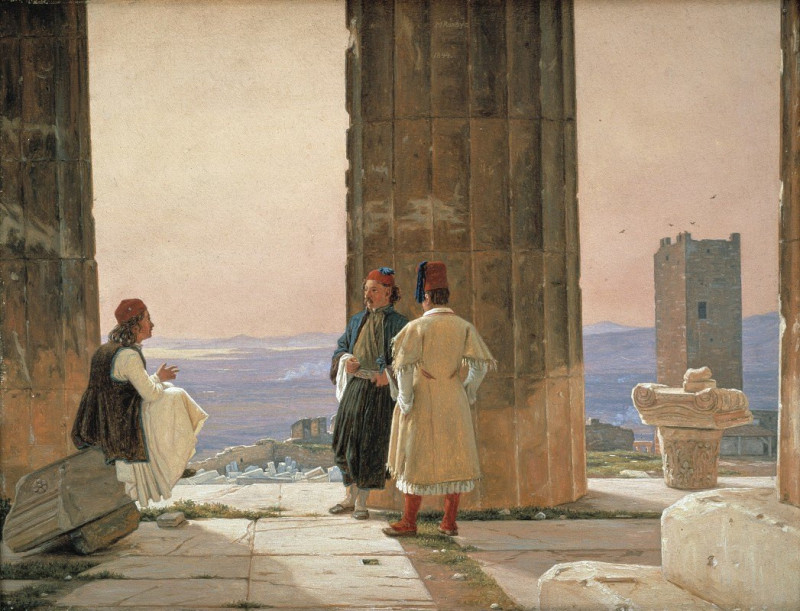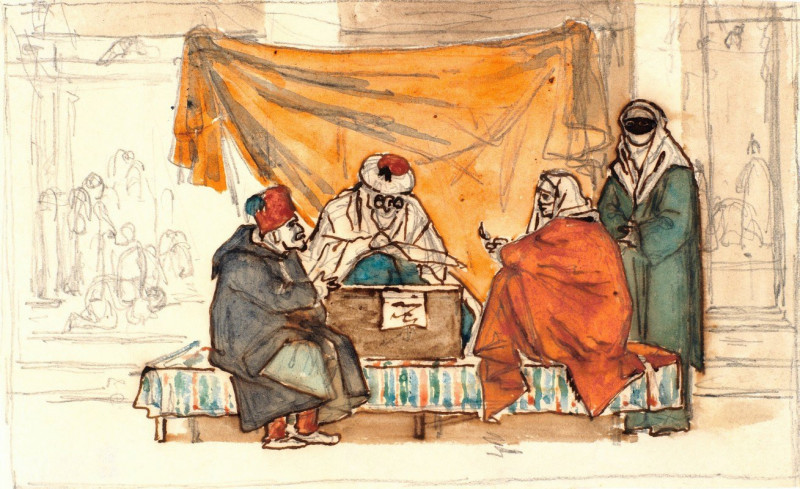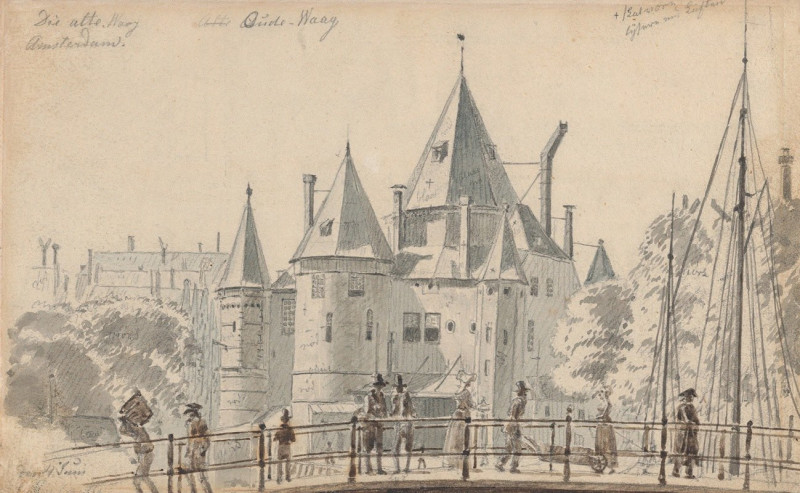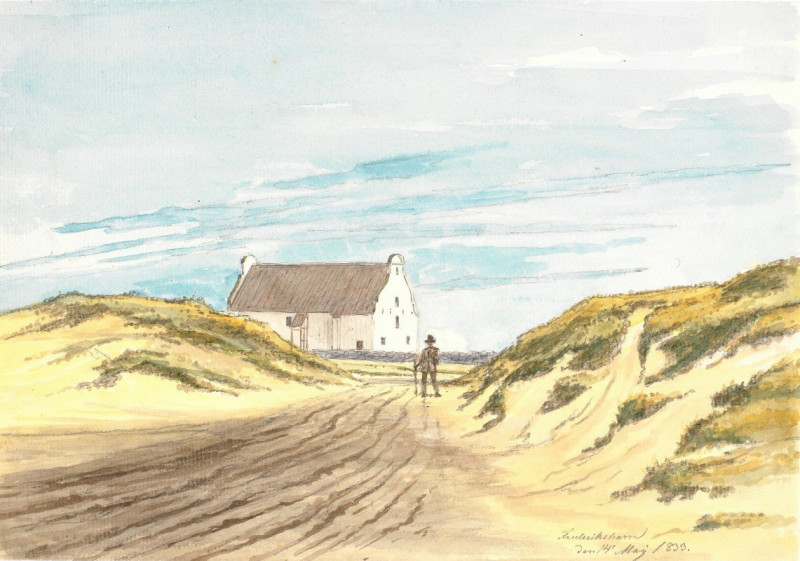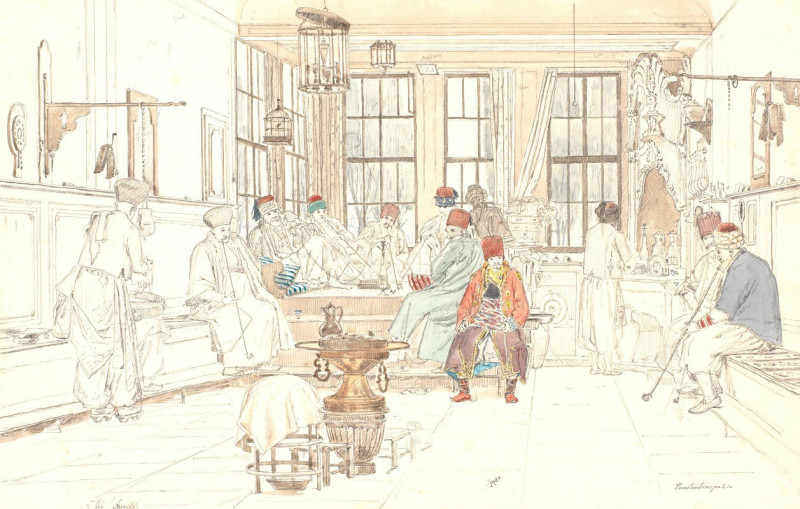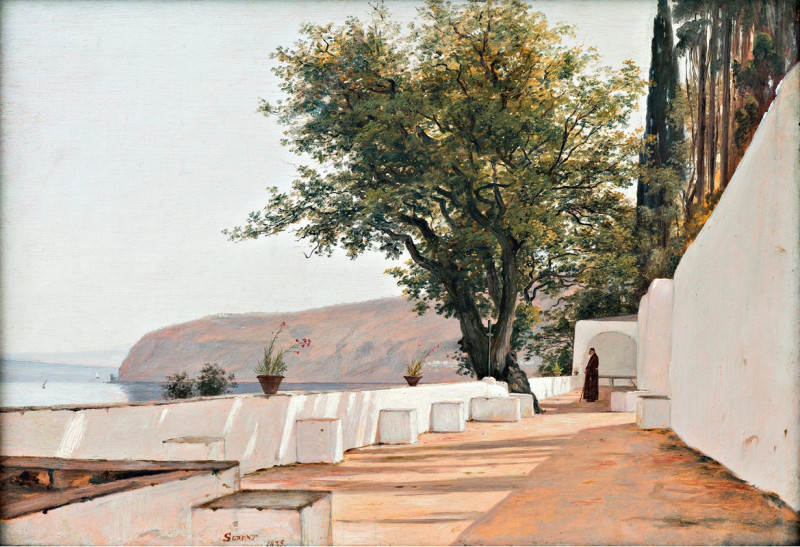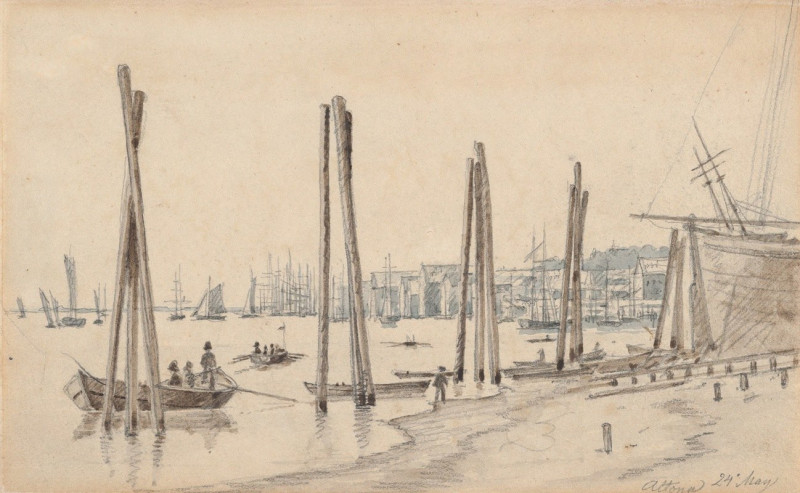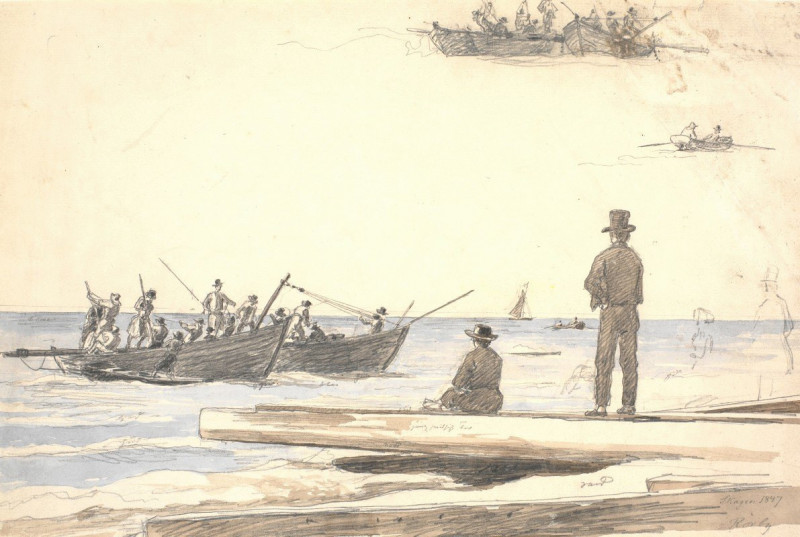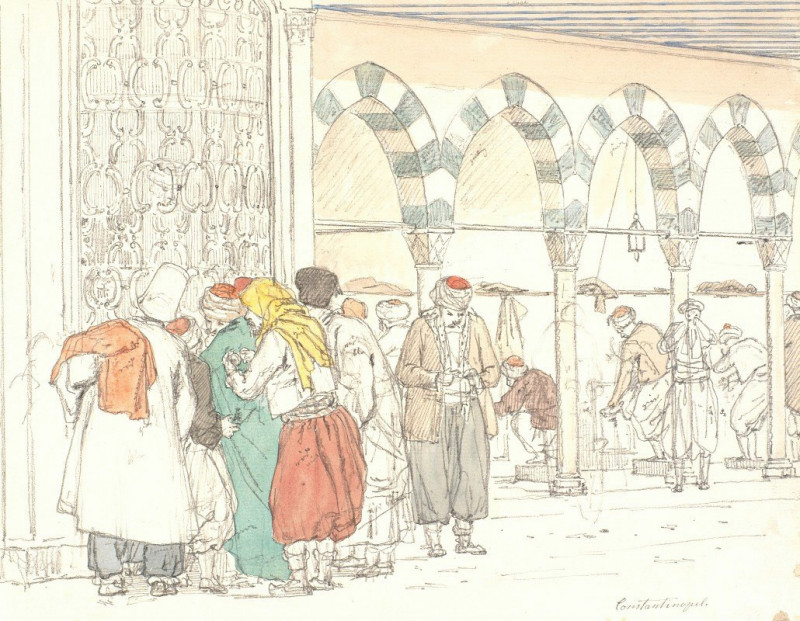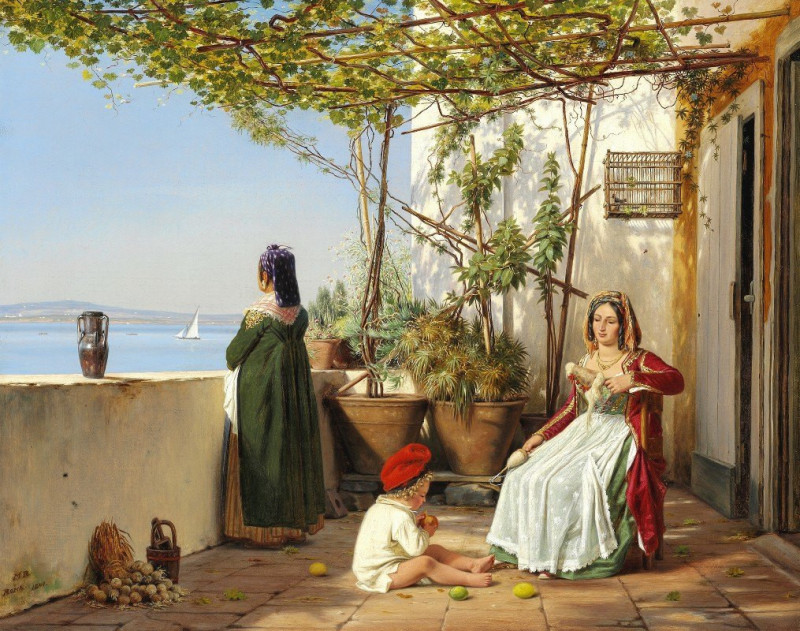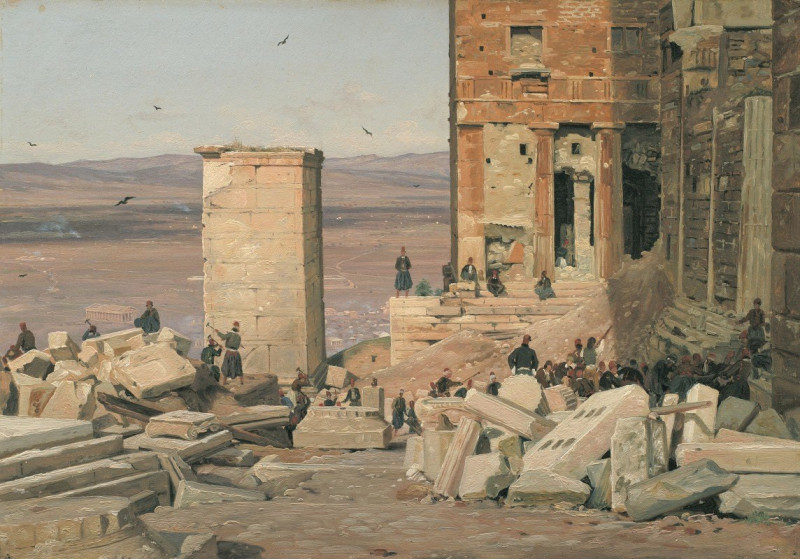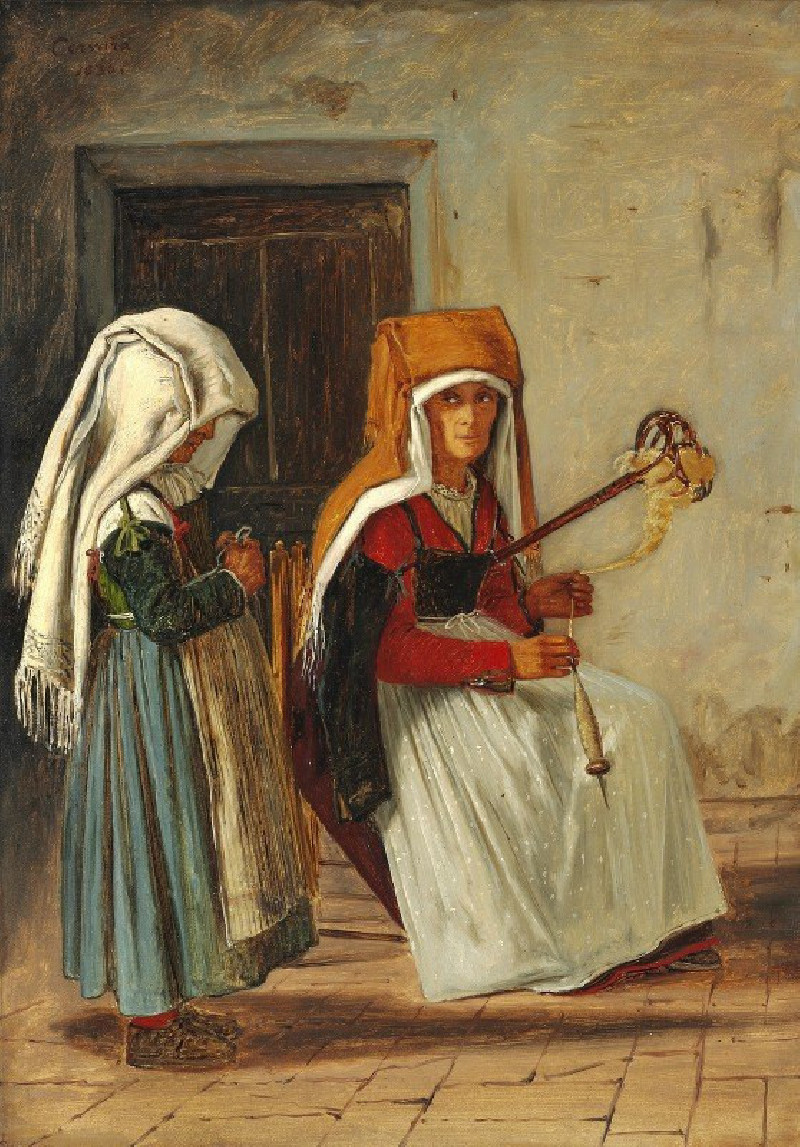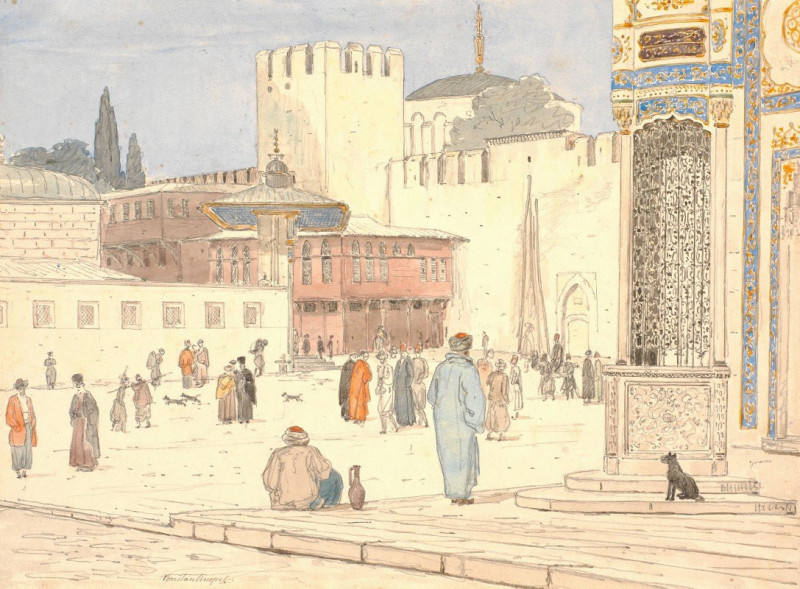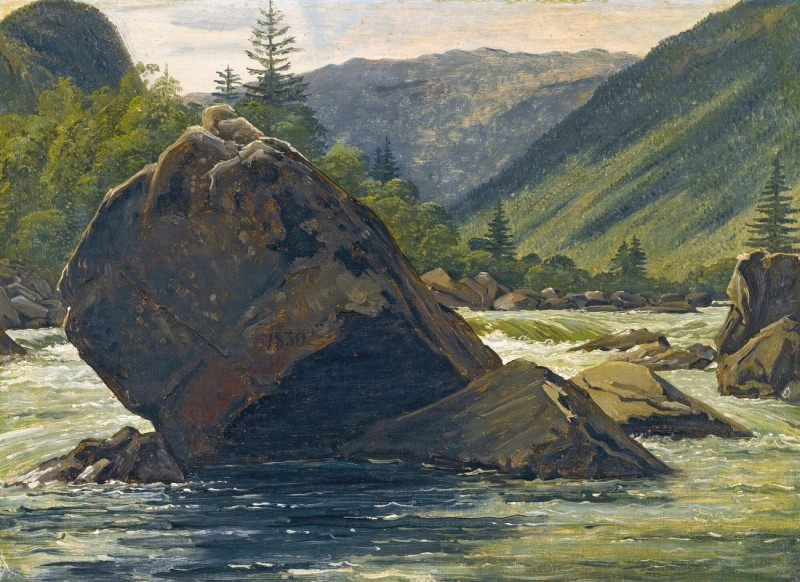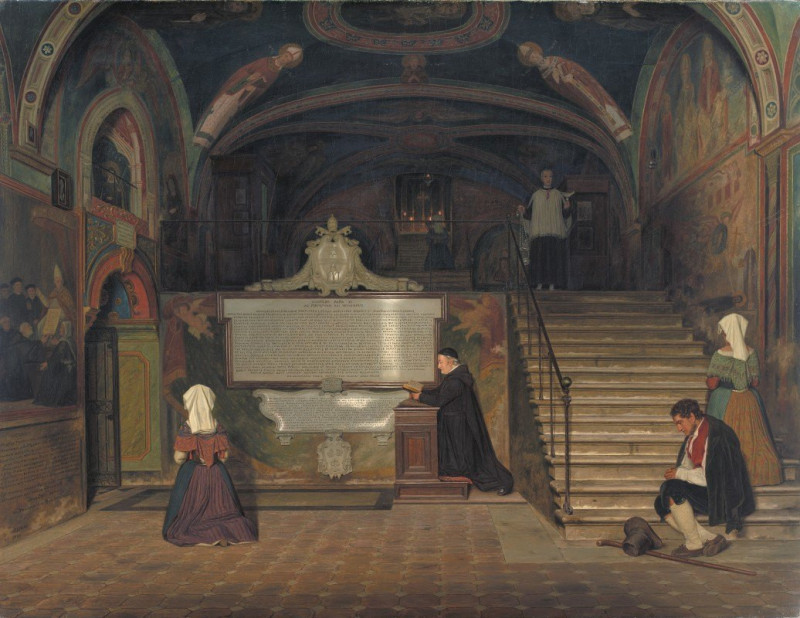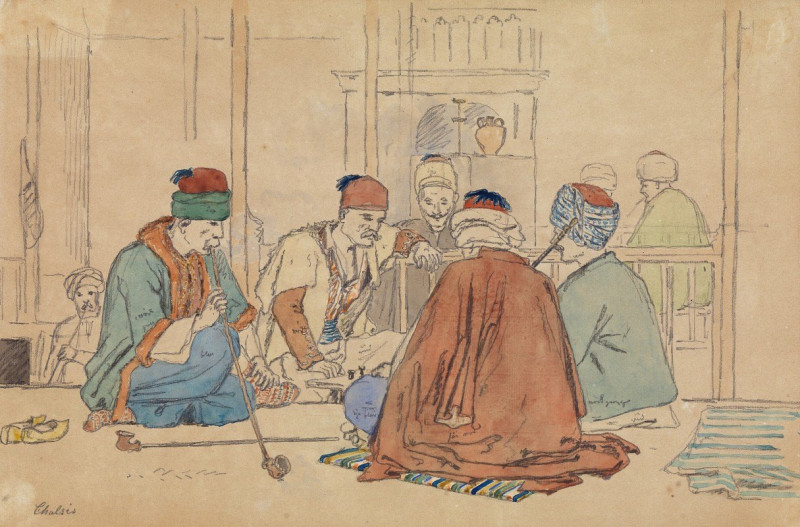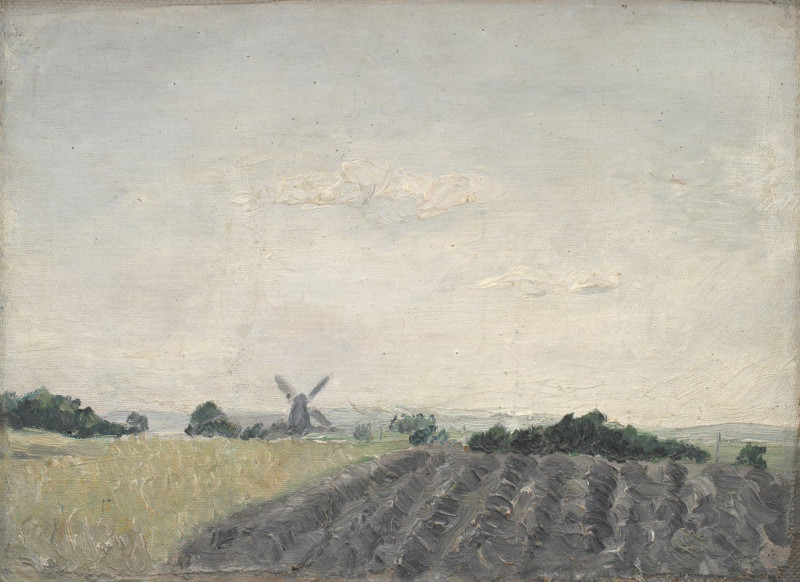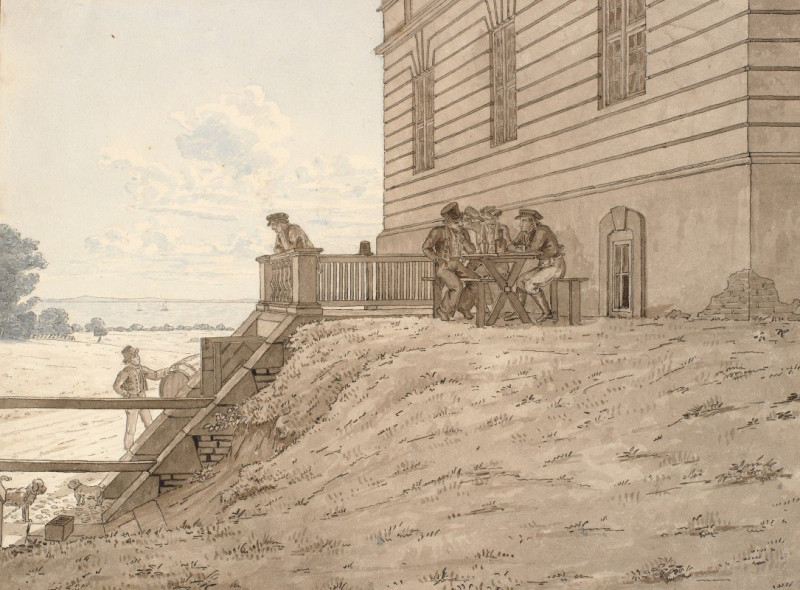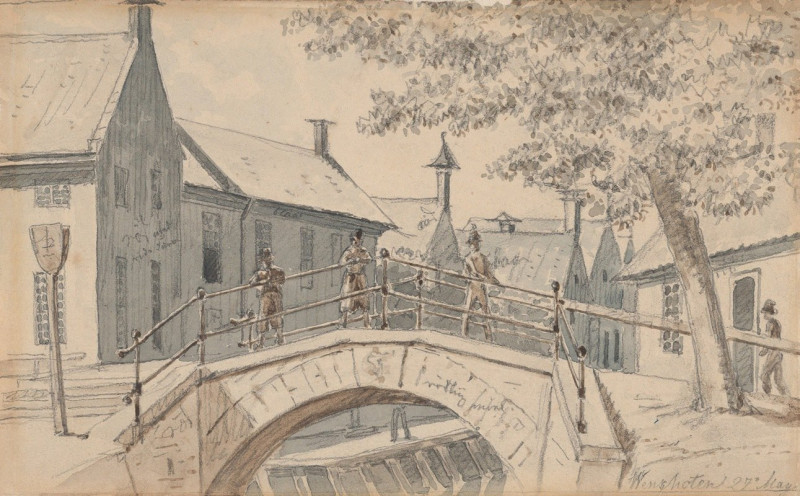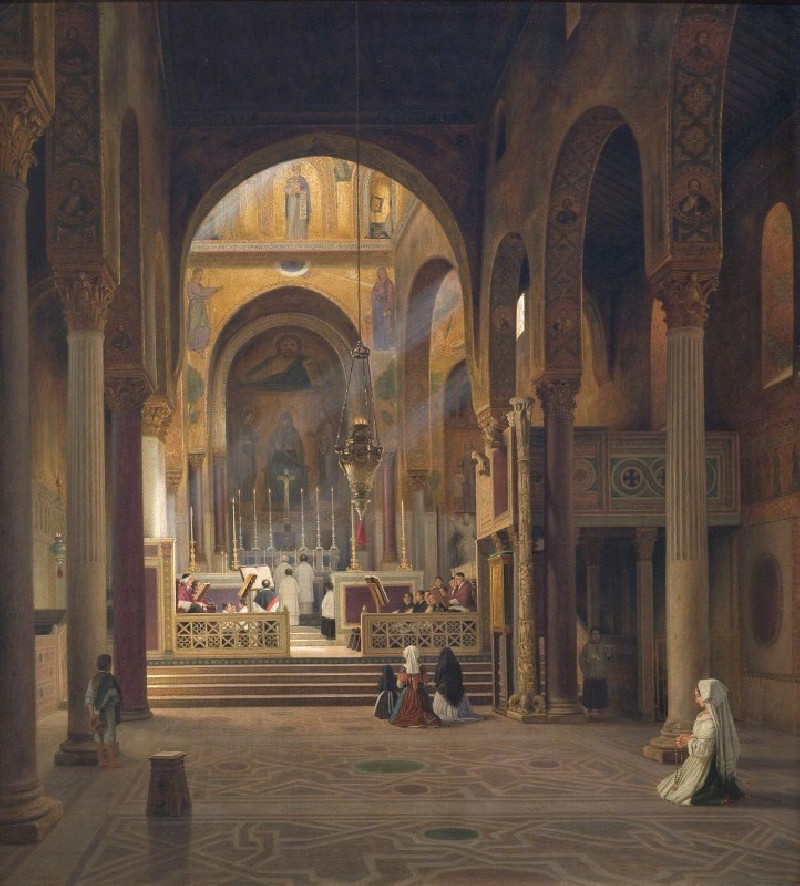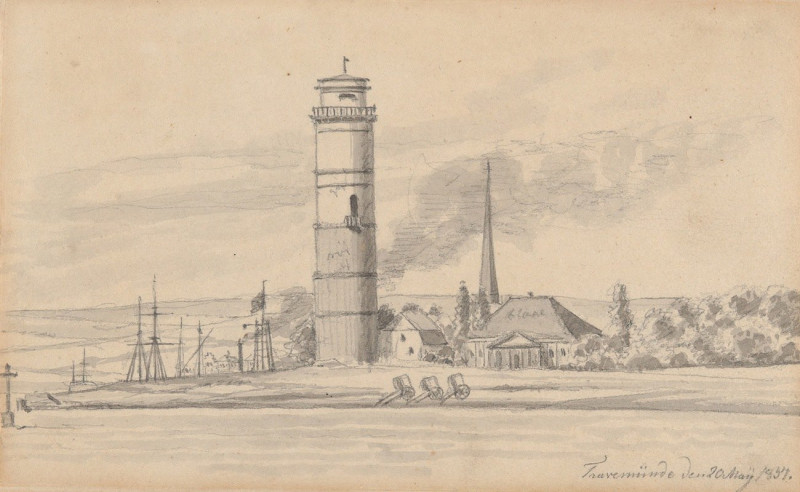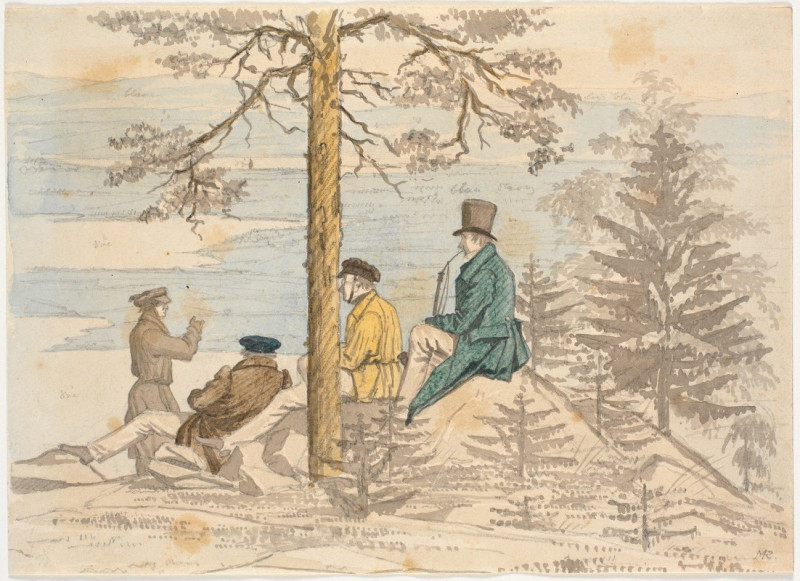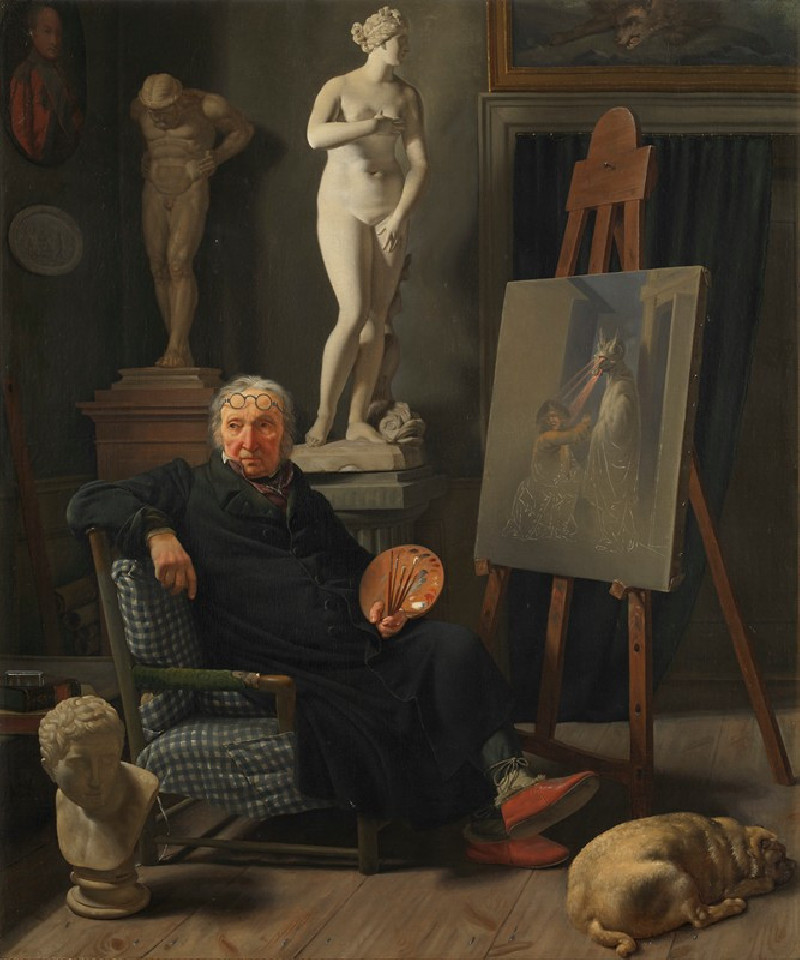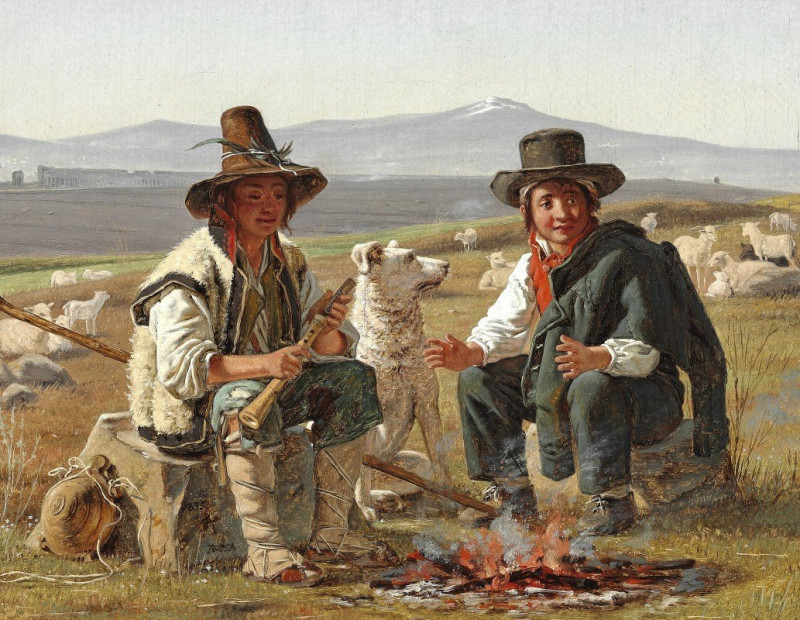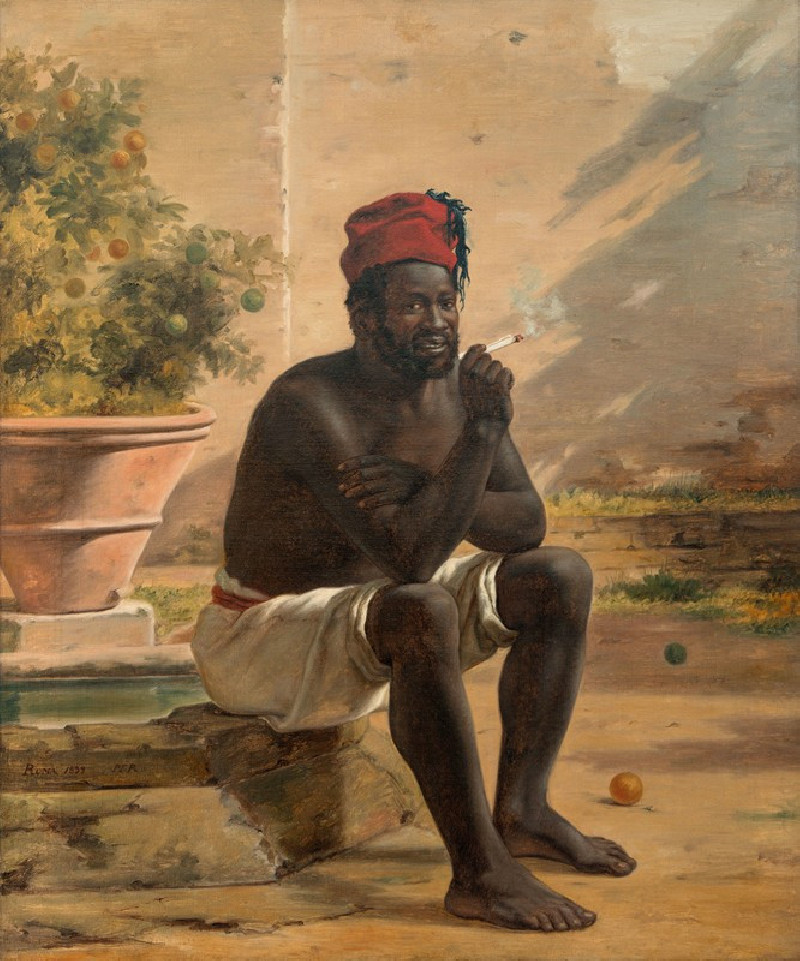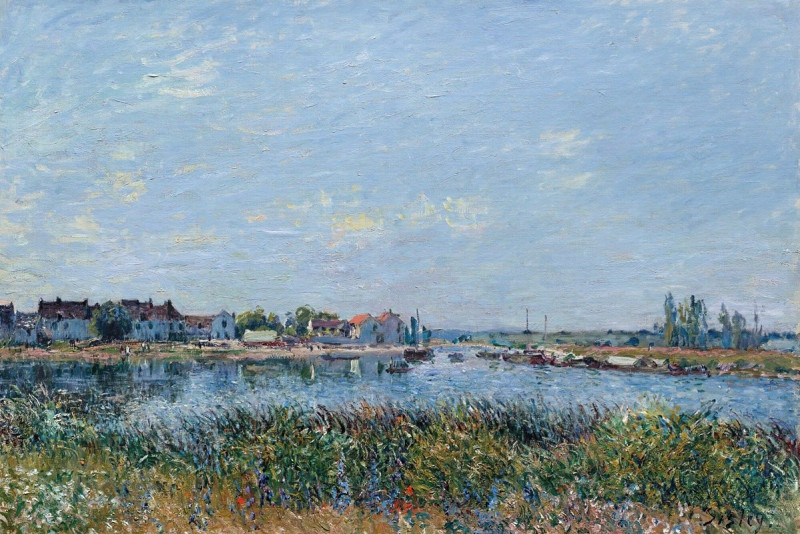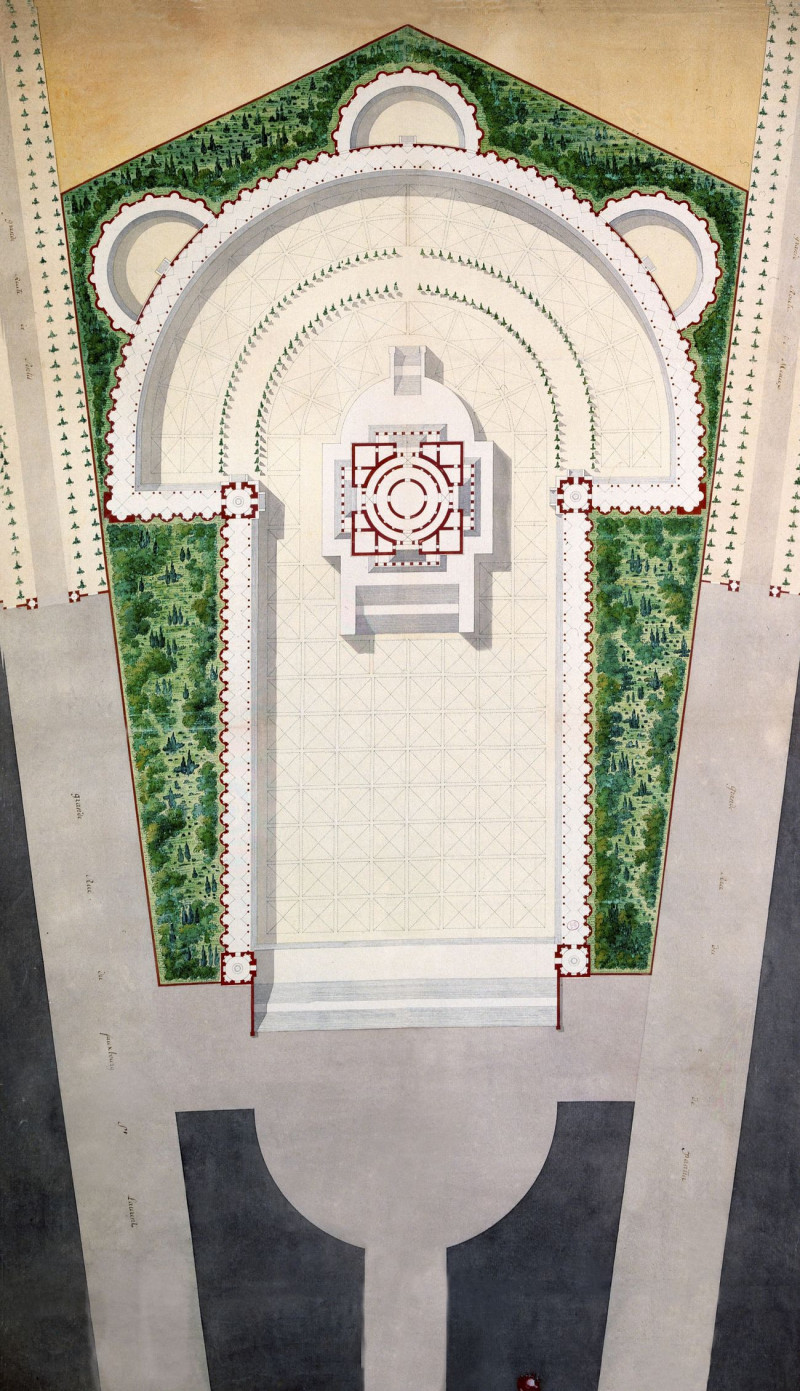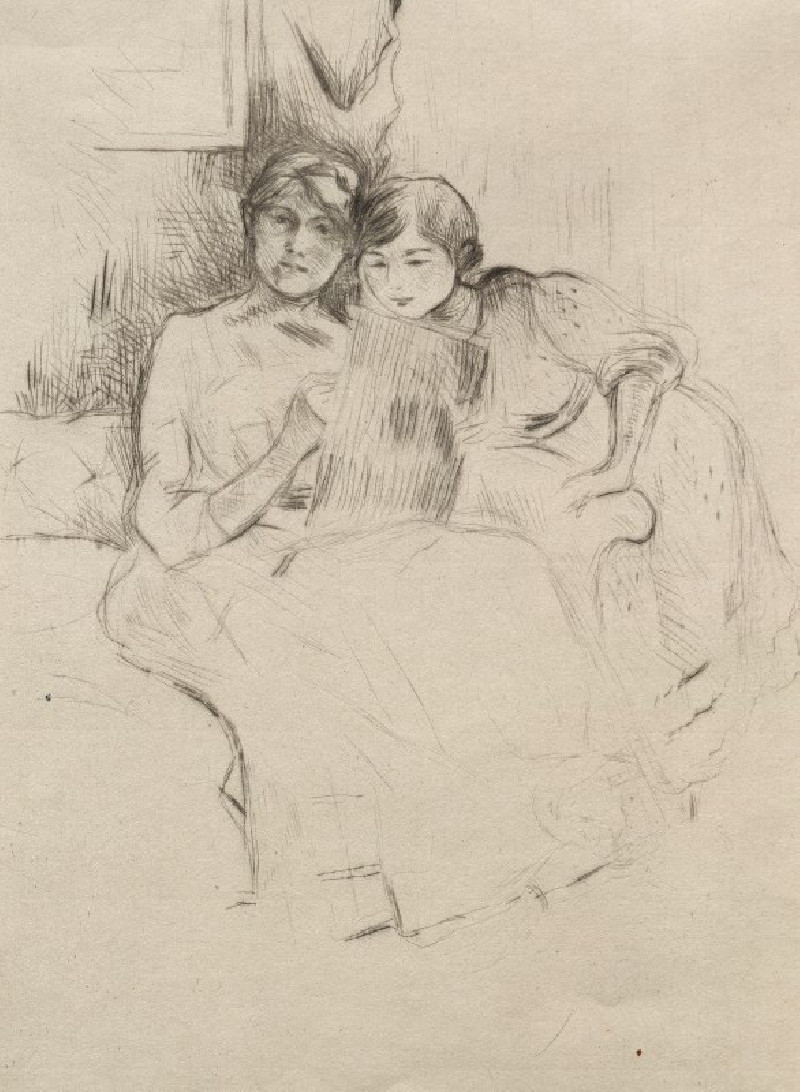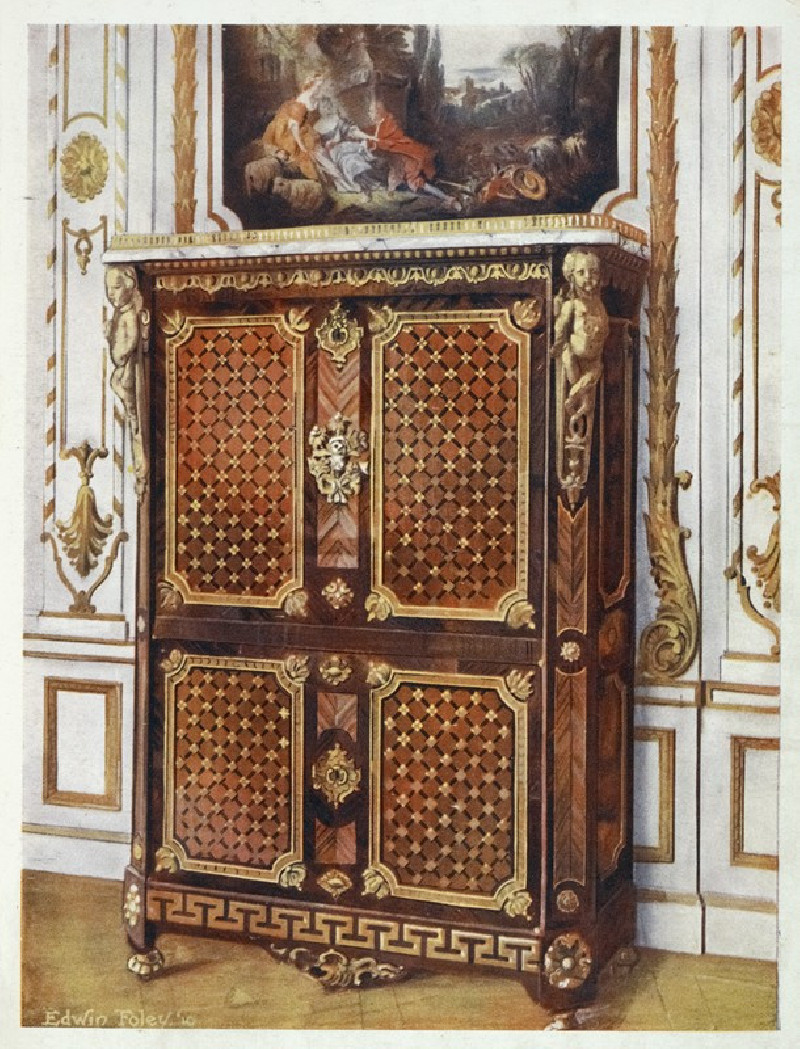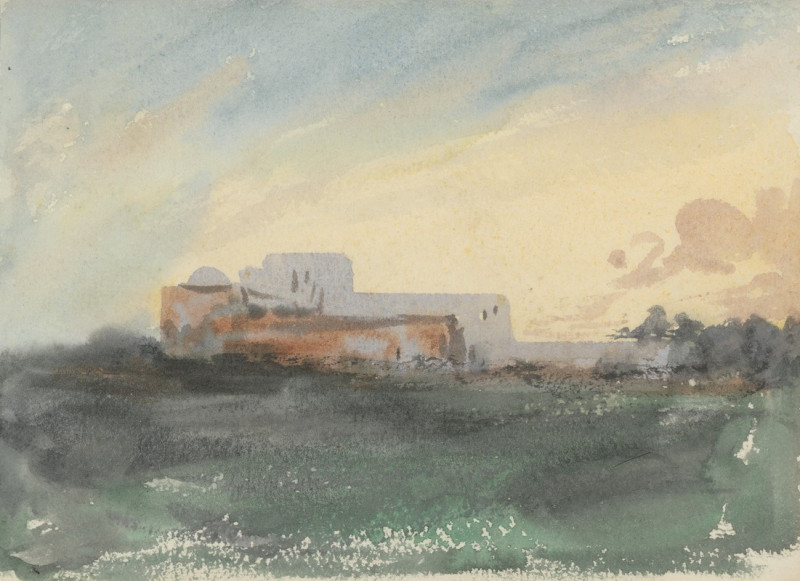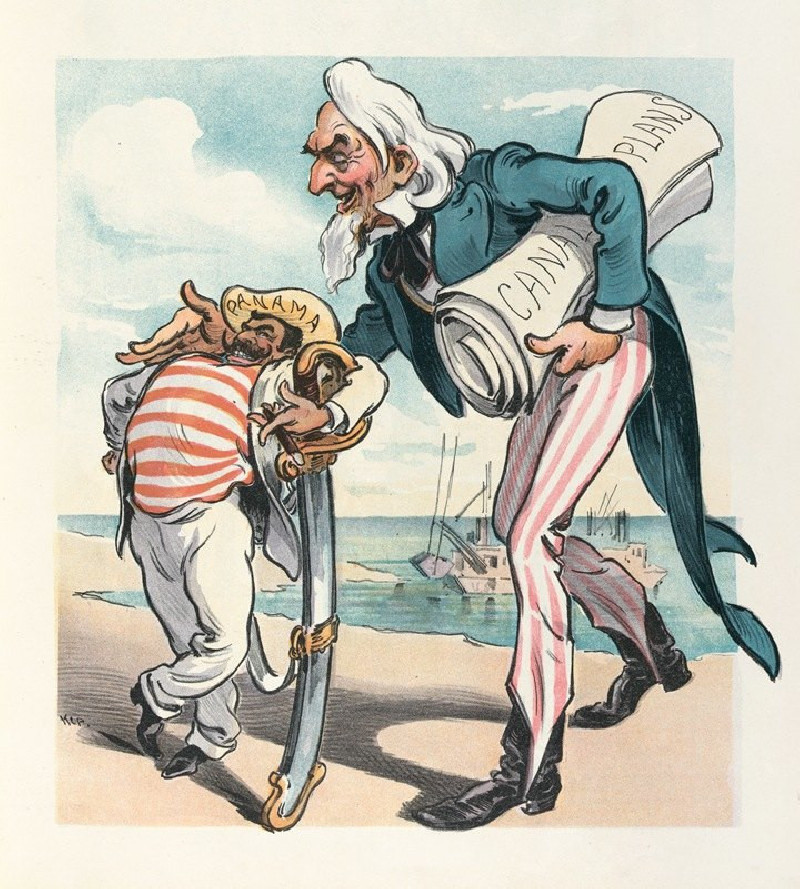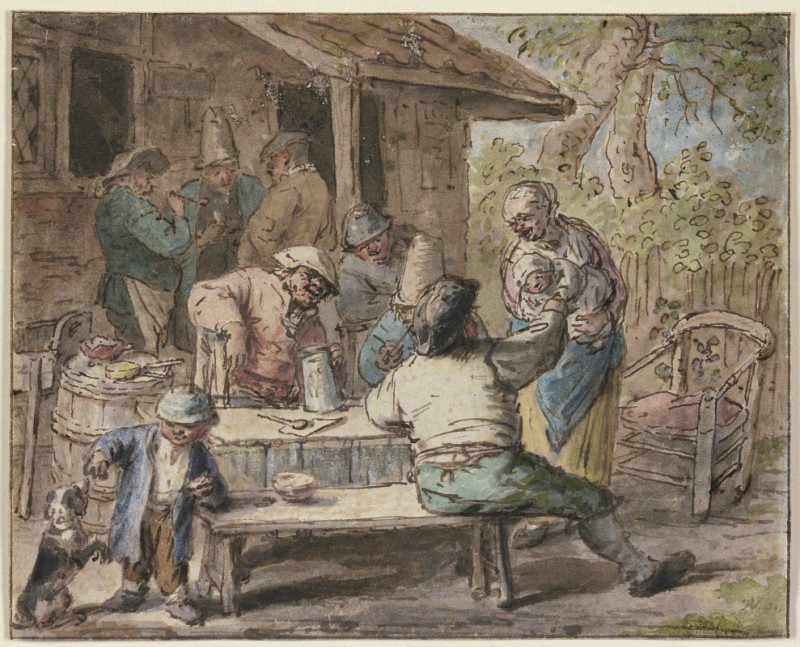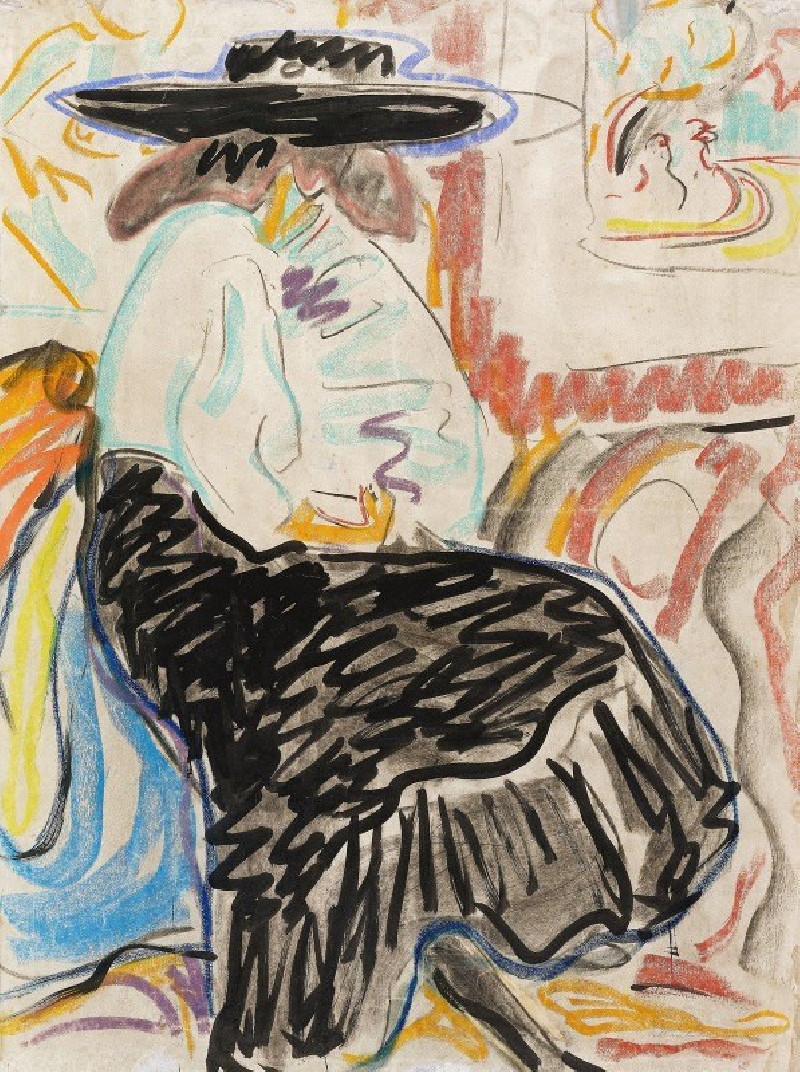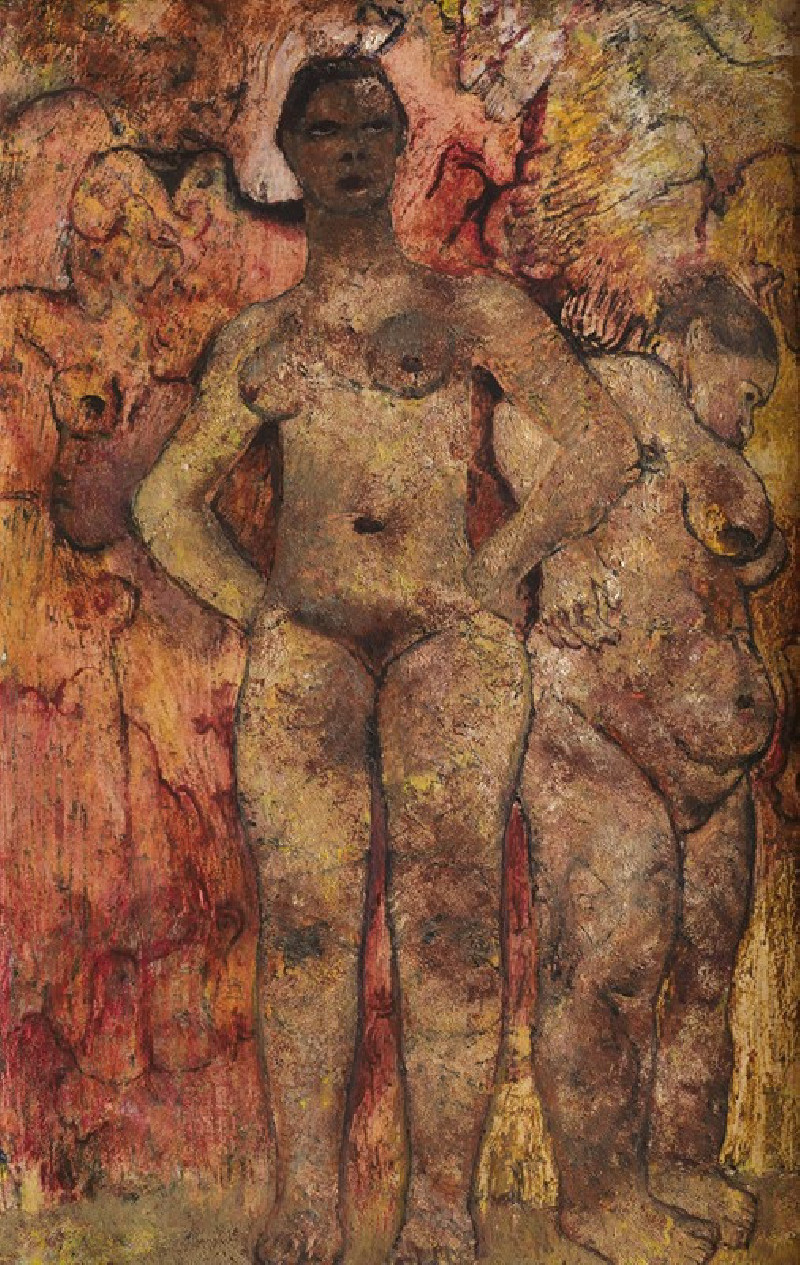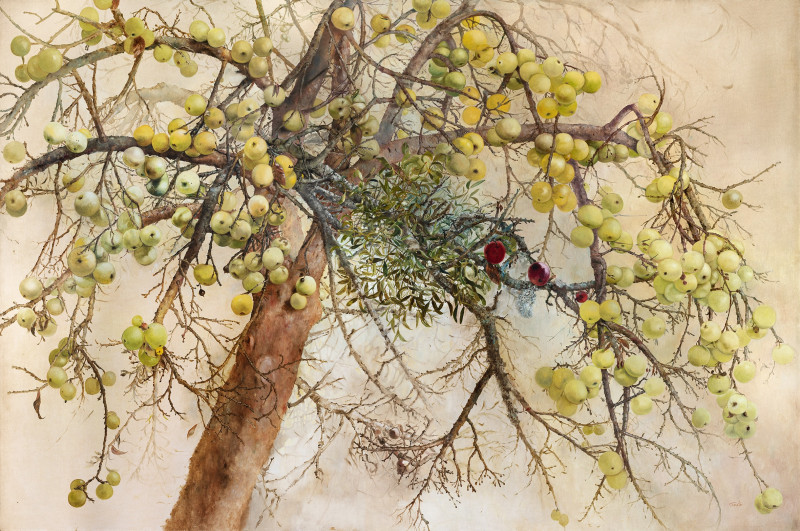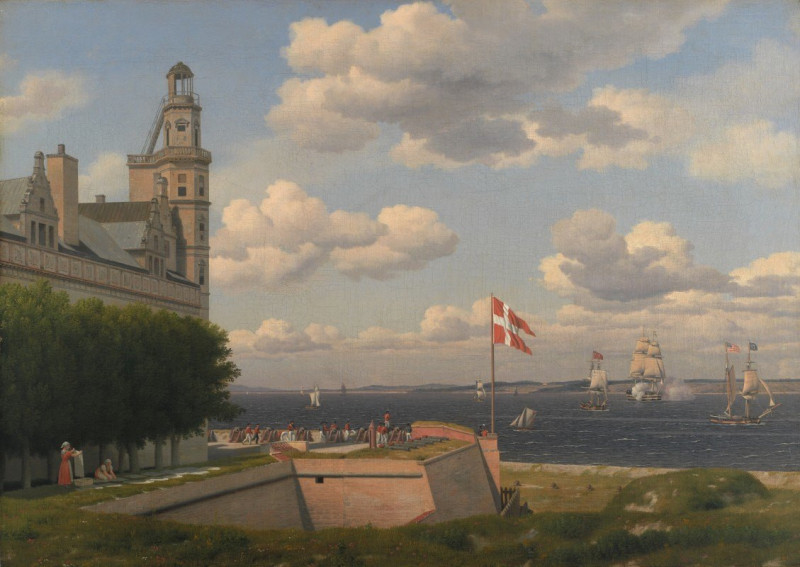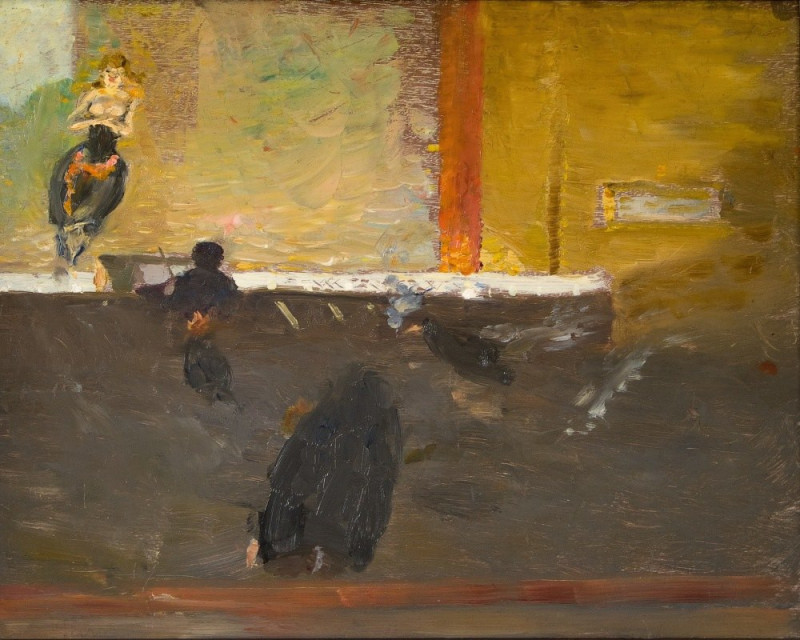Det indre af klostret S. Benedetto i Subiaco (1835 - 1836)
Technique: Giclée quality print
Recommended by our customers
More about this artwork
We are proud to feature on our website a captivating artwork titled "Det indre af klostret S. Benedetto i Subiaco" (1835 - 1836) by the talented Danish artist Martinus Rørbye. This remarkable watercolor painting offers viewers a rare glimpse into the interior of the ancient Benedictine monastery of Saint Benedict in Subiaco, Italy.The painting is skillfully rendered, capturing the architectural grandeur and intricate details of the monastery's interior. The viewer's eye is immediately drawn to the monumental white marble altar, prominently positioned in the foreground, adorned with intricate carvings and flanked by richly decorated religious banners. The sweeping arches and vaulted ceilings of the monastery are depicted with precise detailing, featuring soft blue tones and elegant frescoes that imbue the space with a sacred and serene atmosphere.Scattered throughout the painting, figures of monks and visitors add a human element to the serene monastery setting. A group of monks ascends a staircase on the right, adding a dynamic quality to the scene and directing our gaze across various elements of the composition. Meanwhile, a lone figure stands contemplatively by the altar, perhaps in prayer or deep thought.Martinus Rørbye's masterful blend of architecture, human presence, and subtle coloration makes this artwork a valuable historical and artistic document, offering insights into the spiritual and architectural heritage of the 19th-century Christian monastic life in Italy.
Delivery
Returns
Martinus Christian Wesseltoft Rørbye was a Danish painter, known both for genre works and landscapes. He was a central figure of the Golden Age of Danish painting during the first half of the 19th century.
The most traveled of the Danish Golden Age painters, he traveled both north to Norway and Sweden and south to Italy, Greece and Constantinople. He was also the first Danish painter to take to painting in Skagen at the northern top of Jutland, almost half a century before the thriving community of Skagen Painters formed and came to fame, through Michael Ancher, Anna Ancher and P.S. Krøyer.

